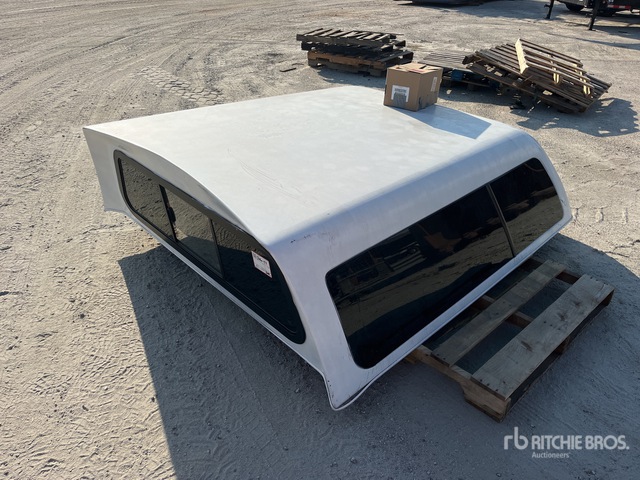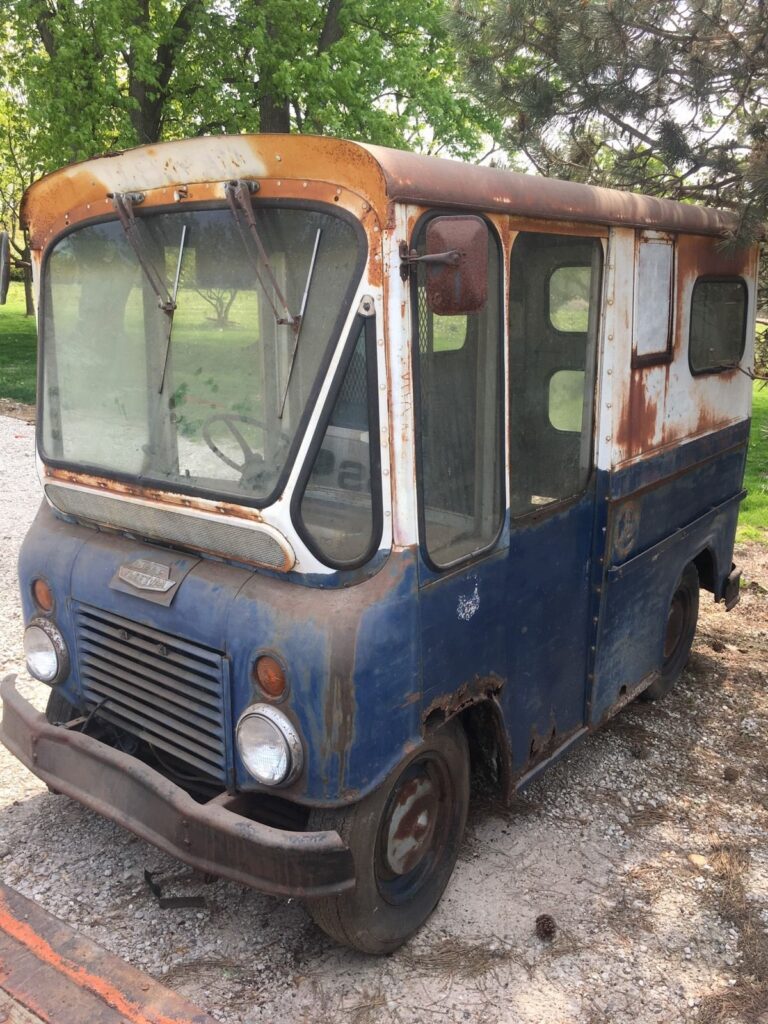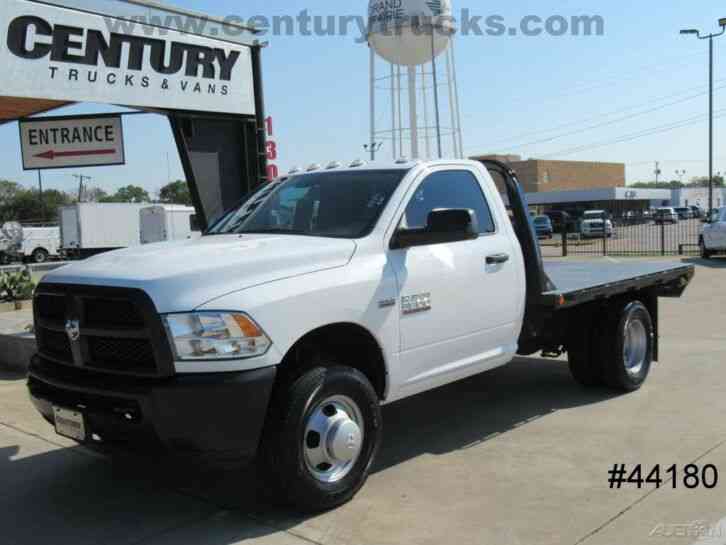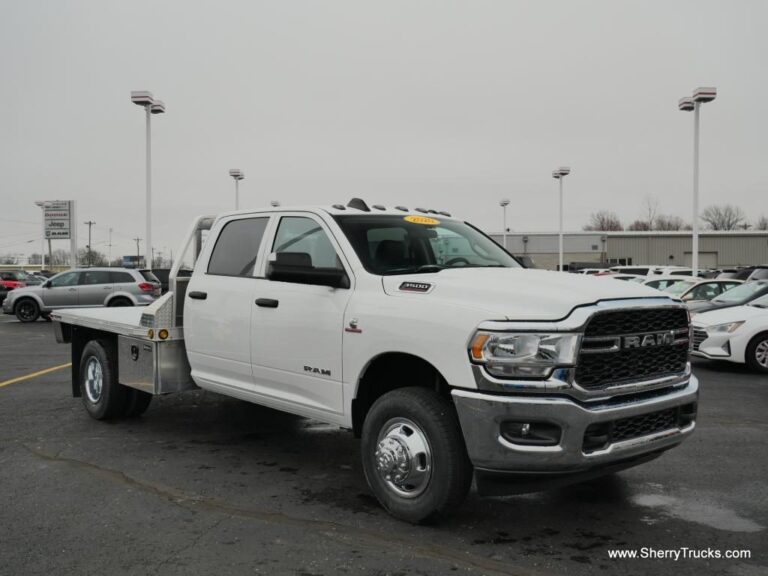Cargo Height Of Pickup Truck With A Cap: Maximizing Your Truck’s Covered Capacity
Cargo Height Of Pickup Truck With A Cap: Maximizing Your Truck’s Covered Capacity cars.truckstrend.com
Pickup trucks are renowned for their versatility, offering an open bed for hauling everything from lumber to camping gear. However, for many owners, the open bed presents challenges: exposure to weather, lack of security, and limited vertical storage for delicate or tall items. This is where a truck cap (also known as a truck topper, camper shell, or bed cap) comes into play, transforming an open bed into a secure, weather-protected, and often more voluminous cargo area. But with this transformation comes a critical consideration: the cargo height of a pickup truck with a cap.
Understanding this dimension isn’t just about knowing if your new refrigerator will fit; it’s fundamental to efficient packing, safe transportation, and fully leveraging your truck’s capabilities for work, recreation, or everyday tasks. It dictates what you can carry, how you can store it, and even influences your choice of cap. This comprehensive guide will delve into every aspect of cargo height, from measurement to choosing the right cap, ensuring you make the most of your covered truck bed.
Cargo Height Of Pickup Truck With A Cap: Maximizing Your Truck’s Covered Capacity
Understanding the Basics: What Defines Cargo Height?
At its core, the cargo height of a pickup truck with a cap refers to the maximum vertical space available for items inside the truck bed, from the bed floor up to the internal ceiling of the cap. This dimension is not static; it’s a dynamic interplay of several components:
- Truck Bed Depth: The inherent depth of your truck’s bed is the foundational element. Different truck models, even within the same manufacturer, can have varying bed depths.
- Cap’s Internal Height: This is the vertical measurement from the top of the truck’s bed rails (where the cap sits) to the inside ceiling of the cap. This measurement varies significantly depending on the cap’s design.
- Bed Liner/Mat Thickness: If you have a drop-in bed liner, spray-in liner, or a thick rubber mat, these will slightly reduce the effective cargo height by raising the bed floor. While often negligible, for tight fits, every half-inch counts.
- Internal Structures: Some caps might have internal bracing, light fixtures, or wiring that slightly protrude, reducing the absolute maximum height in certain spots.
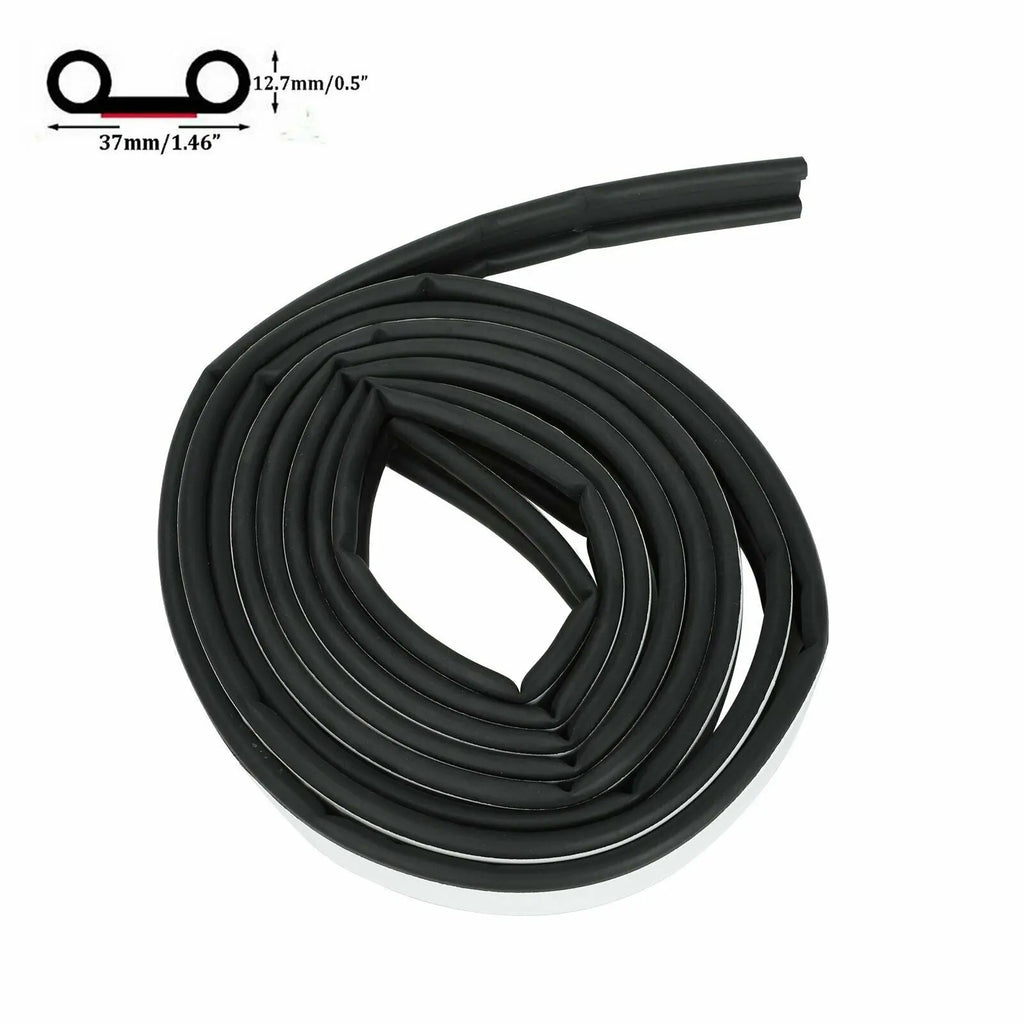
It’s crucial to distinguish between the overall height of your truck with a cap (important for garages, drive-thrus, and low clearances) and the internal cargo height. While related, they are distinct measurements with different practical implications.
Factors Influencing Cargo Height
The effective cargo height you achieve is a sum of various design and accessory choices:
1. Truck Model and Year
The specific make, model, and year of your pickup truck are primary determinants. For instance, a full-size Ford F-150 will likely have a deeper bed than a mid-size Toyota Tacoma. Even within the same model line, variations can occur across generations or trim levels. Always consult your truck’s specifications for its bed depth.
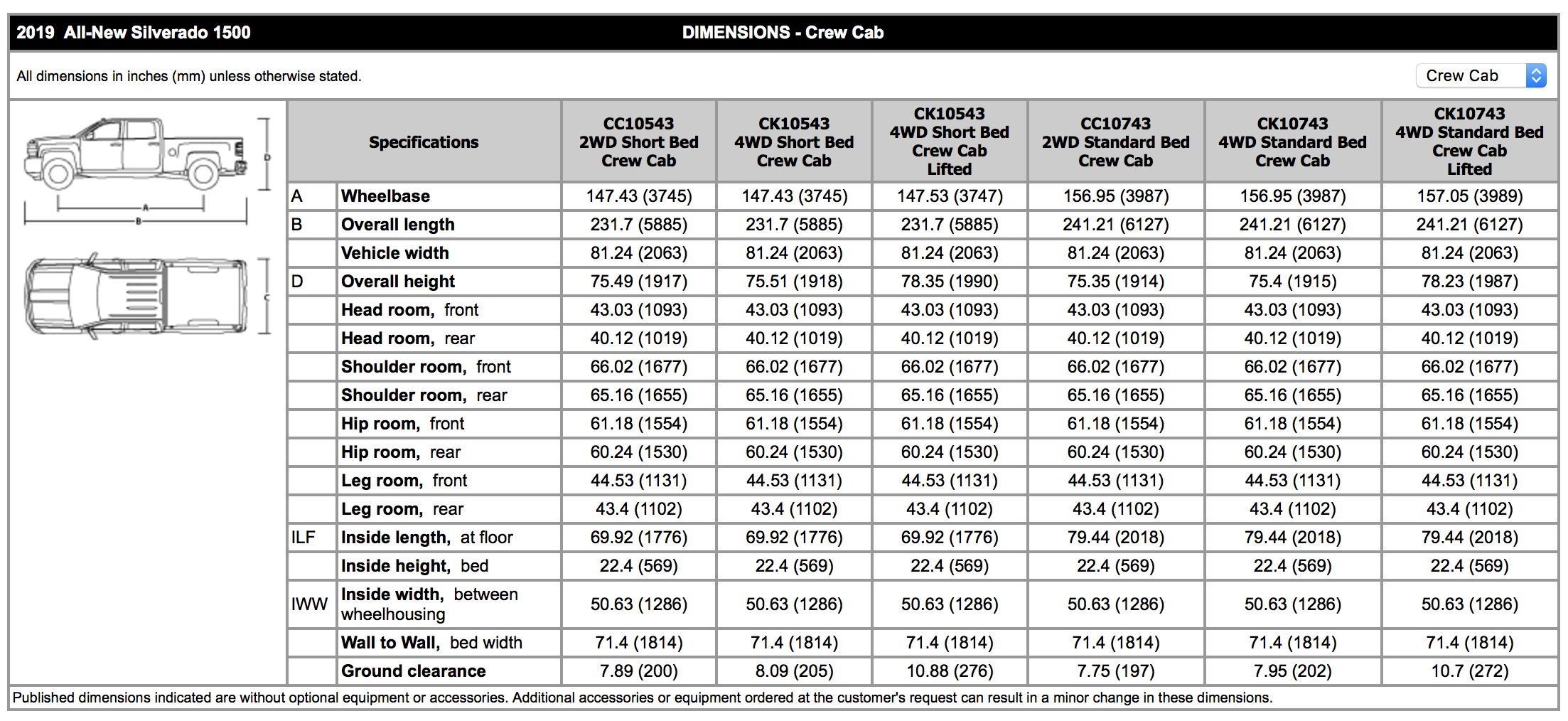
2. Cap Type and Design
This is arguably the most significant factor influencing cargo height. Truck caps come in a variety of profiles, each offering different levels of vertical clearance:
- Cab-High / Flush Caps: These caps are designed to align with the height of your truck’s cab roofline, creating a sleek, integrated look. They offer the least amount of additional cargo height beyond the bed’s inherent depth but maintain the truck’s aesthetic and often improve aerodynamics. Ideal for general utility, tool storage, and light hauling.
- Mid-Rise Caps: Slightly taller than the truck’s cab, mid-rise caps offer a modest increase in vertical space without making the truck look disproportionately tall. They are a popular compromise, providing more room for bulkier items or a comfortable space for light camping without significantly impacting overall vehicle height.
- High-Rise / Wedge / Commercial Caps: These caps are designed for maximum cargo volume. They can be significantly taller than the truck’s cab, often featuring a sloped or "wedge" design to provide ample headroom at the rear. Commercial caps might be even taller and boxier, optimized for tools, equipment, and standing room. These are ideal for contractors, serious campers, or those needing to transport very tall items.
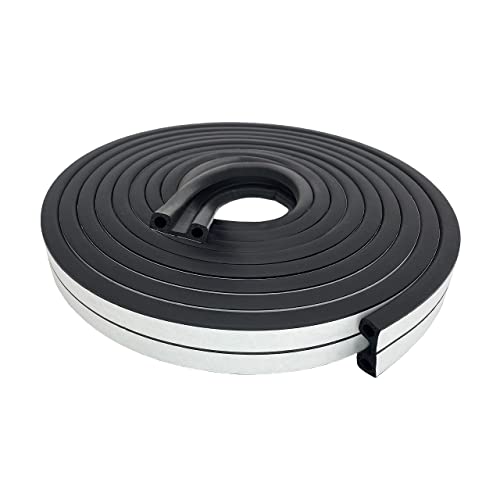
3. Aftermarket Modifications
While a lift kit or larger tires will increase your truck’s overall ground clearance and total vehicle height, they generally do not change the internal cargo height within the bed and cap. The bed floor’s relation to the cap’s ceiling remains the same. However, these modifications can impact the ease of loading if the bed becomes too high for comfortable access.
4. Suspension Sag/Load
A heavy load can cause your truck’s suspension to compress, leading to "sag." While this primarily affects the truck’s ground clearance and overall stance, in extreme cases, it could subtly reduce the effective internal cargo height if the cap’s structure is somehow compromised by extreme flexing, though this is rare with properly installed caps. More practically, it affects the overall vehicle height, which is important for overhead clearances.
Measuring Your Cargo Height: A Practical Guide
Accurate measurement is key. Don’t rely on guesswork or manufacturer’s generalized specs, as real-world conditions (like a bed liner) can alter them.
Here’s how to measure your internal cargo height:
- Empty the Bed: Remove any bed mats, tools, or items that might interfere with a precise measurement.
- Measure Bed Depth: From the deepest point of your truck bed floor (avoiding wheel wells if possible, or measure adjacent to them) to the top edge of your bed rails. This gives you your baseline.
- Measure Cap Height (Internal): With the cap securely installed, open the rear door. Place one end of a tape measure on the bed floor (or the top of your bed liner/mat if it’s permanent). Extend the tape straight up to the lowest point of the cap’s interior ceiling. Take measurements at various points – center, near the front, near the rear – as some caps might have slight variations or internal bracing.
- Account for Obstructions: Note any internal lights, handles, or support beams that might reduce clearance in specific spots. These are often the true limiting factors for bulky items.
- Measure Tailgate Opening Height (Crucial for Loading): For many large items, the opening created by the tailgate is the true bottleneck. Measure from the bed floor to the top edge of the tailgate opening when it’s fully raised. This will tell you if an item can enter the cap, even if the internal height is sufficient once inside.
Tip: Use a straight edge or a long level across the top of your bed rails when measuring cap height from the outside to determine the cap’s external profile, then subtract the rail height to estimate internal height if you don’t have the cap yet. However, internal measurement once installed is always best.
Benefits of Knowing Your Cargo Height
Understanding this critical dimension offers numerous practical advantages:
- Efficient Packing and Loading: No more guessing games. You’ll know exactly what furniture, appliances, or equipment will fit, allowing for optimal use of space and preventing damage to your cargo or cap.
- Avoiding Damage: Attempting to force an oversized item into a cap can damage the cap’s roof, internal structure, or the item itself. Knowing the height prevents costly mistakes.
- Planning for Specific Uses:
- Camping: Essential for knowing if you can comfortably stand, or if a tall air mattress/cot will fit. High-rise caps are often chosen for this reason.
- Tools & Equipment: Ensures your tool chests, ladders, or specialized machinery can be securely stored upright.
- Moving: Critical for transporting refrigerators, dressers, or tall boxes without having to tilt them.
- Recreation: Whether it’s a dirt bike, bicycle, or fishing rods, knowing the height ensures they fit without disassembly.
- Compliance with Overhead Clearances: While internal height isn’t overall vehicle height, understanding how your cap contributes to the total height is vital for navigating parking garages, low bridges, or drive-thrus.
Choosing the Right Cap for Your Needs
Selecting a truck cap isn’t just about aesthetics; it’s about functionality, and cargo height plays a pivotal role.
- For Everyday Security & Light Hauling (Cab-High): If your primary needs are keeping tools dry, securing groceries, or transporting relatively flat items, a cab-high cap is perfect. It maintains a sleek look and typically offers the best fuel economy due to less wind resistance.
- For Versatility & Occasional Camping (Mid-Rise): When you need a bit more room for larger coolers, taller storage bins, or comfortable (though not standing) camping, a mid-rise cap is an excellent compromise. It adds significant utility without making the truck feel overly large.
- For Maximum Volume & Dedicated Camping/Work (High-Rise/Commercial): If you’re a contractor needing to carry tall equipment, a serious overlander who wants to stand up in your bed, or someone regularly hauling large appliances, a high-rise or commercial cap is the way to go. These prioritize volume and utility over aesthetics.
Other Considerations:
- Material: Fiberglass (smoother finish, paintable, heavier) vs. Aluminum (lighter, often more utilitarian, can be insulated).
- Windows & Doors: Side access windows/doors can make loading/unloading easier, especially for items placed near the front of the bed.
- Internal Features: Lighting, power outlets, roof vents, and carpeting can all enhance usability.
- Weight Capacity: Consider the cap’s roof load rating if you plan to add a roof rack for external storage (kayaks, bikes, roof top tents).
Challenges and Solutions
Even with a cap, you might encounter challenges related to cargo height:
- Limited Vertical Clearance for Specific Items: Sometimes, an item is just too tall.
- Solution: Disassemble the item if possible, use soft-sided bags for flexible items, or consider using a roof rack mounted externally on the cap for items that don’t need weather protection.
- Access Issues for Items Deep Inside: A tall cap might mean reaching over your head or crawling into the bed.
- Solution: Opt for caps with side access doors/windows. Sliding bed trays or cargo slides can also bring items within easy reach.
- Temperature Control: Caps can get hot in summer or cold in winter.
- Solution: Choose insulated caps, add a fan for ventilation, or consider a dedicated HVAC unit for serious overlanding.
- Security Concerns for Valuables: While caps offer security, a determined thief can still break in.
- Solution: Invest in a cap with robust locking mechanisms, consider an alarm system, and avoid leaving highly valuable items in plain sight.
Practical Advice and Actionable Insights
- Measure Thrice, Cut Once: Before purchasing a cap or hauling a large item, always measure your truck bed’s internal dimensions, and if you have a cap, its internal height. Don’t rely on generic specs.
- Consider Your Primary Use: The "best" cap isn’t universal. It’s the one that perfectly matches your most frequent hauling needs.
- Tailgate Opening is Key: Remember that the tailgate opening height can be the true limiting factor for large, rigid items. An item might fit inside the cap but not through the opening.
- Account for Bed Liners/Mats: These seemingly minor additions can reduce crucial inches of vertical clearance.
- Don’t Forget Tie-Downs: Regardless of height, ensure all cargo is properly secured to prevent shifting and damage during transit.
Typical Cap Types, Price Ranges, and Their Impact on Cargo Height
The price of a truck cap can vary widely based on material, features, brand, and installation. The cap type directly influences the available cargo height. Below is a general guide:
| Cap Type/Profile | Typical Price Range (USD) | Relative Internal Cargo Height | Best For |
|---|---|---|---|
| Cab-High / Flush | $1,500 – $3,000+ | Minimal additional height | Aesthetics, security, light hauling, tools, mild weather protection. |
| Mid-Rise | $2,000 – $3,500+ | Moderate additional height | Versatility, bulkier items, occasional camping, improved aerodynamics. |
| High-Rise / Wedge | $2,500 – $4,500+ | Maximum additional height | Camping (standing), large appliances, contractors, maximum volume. |
| Commercial / Work | $3,000 – $6,000+ | Maximum (often boxy) height | Specialized equipment, trade professionals, heavy-duty use, organized storage. |
Note: Prices are estimates and can vary significantly based on brand, material (fiberglass vs. aluminum), features (windows, racks, lights, insulation), and installation costs. "Additional height" refers to space above the truck’s bed rails.
Frequently Asked Questions (FAQ)
Q1: Does a spray-in bed liner or drop-in bed liner reduce cargo height?
A1: Yes, both will slightly reduce the effective cargo height. A spray-in liner is typically very thin (fractions of an inch), while a drop-in plastic liner can reduce it by 0.5 to 1.5 inches, depending on its design and ribs. Always measure with your liner installed.
Q2: Can I increase my cargo height if my cap is too low?
A2: Not easily or safely. The cap’s structure is designed for a specific height. You cannot simply "lift" a cap. If you need more height, the solution is usually to replace your current cap with a taller profile (mid-rise, high-rise, or commercial).
Q3: How do I know if my truck with a cap will fit under an overhead clearance (e.g., parking garage)?
A3: This is about your overall vehicle height, not just internal cargo height. Measure from the ground to the highest point of your cap (or any roof rack you have installed). Then compare this to the clearance signs. Always err on the side of caution.
Q4: Are all truck caps for a specific truck model the same height?
A4: No. Even for the same truck model (e.g., Ford F-150), manufacturers offer various cap profiles (cab-high, mid-rise, high-rise) each with different external and internal heights. Always specify the cap type and measure.
Q5: What’s the average cargo height with a cap?
A5: There’s no single "average" as it depends heavily on the truck bed depth and the cap profile. A cab-high cap might offer 20-25 inches of internal height (similar to bed depth), while a high-rise cap could provide 30-40 inches or more, measured from the bed floor. It’s crucial to measure your specific setup.
Conclusion
The cargo height of a pickup truck with a cap is more than just a number; it’s a crucial dimension that dictates your truck’s true utility and versatility when enclosed. By understanding the factors that influence this height, knowing how to measure it accurately, and selecting a cap profile that aligns with your specific needs, you can unlock the full potential of your pickup truck. Whether you’re hauling tools for a job, packing for a cross-country camping trip, or simply securing your groceries, mastering your truck’s covered cargo height ensures efficiency, safety, and peace of mind on every journey. Make an informed decision, measure meticulously, and transform your truck into the ultimate, adaptable workhorse or adventure vehicle.
